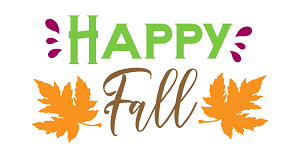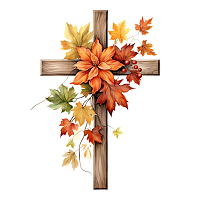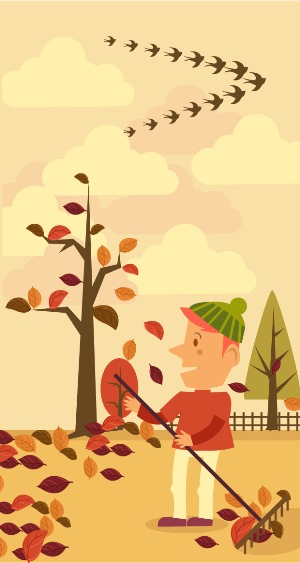Daily planners have advanced exponentially in recent years. No longer are they small date planners that just hold your appointments and schedule. Daily planners are all about expanding on what you need to do, your personal goals, and any plans you have.
They go beyond your schedule and helps you stick to your routines and focus on complete wellness. Here are some reason to start using a daily planner in the fall if you need more encouragement:
Why Use a Daily Planner?
Using a daily planner has a lot of amazing benefits, far more than you might think when you first get the idea to use one. It is of course going to be perfect for managing your time wisely, since you have a detailed look at tasks and appointments, and can even write in days for fun activities and dates with friends.
It is great for productivity, helping you to create to-do lists and keep up with your goals. You will also notice that your stress levels reduce with a planner when you start improving your focus and productivity, and have a great record of what you have already gotten done, and what you might be falling behind in.
Fall Bucket List and Activities
An excellent way to use a planner in the fall is for activities you want to get done this season. This can be personal and work-related, but think first about your fall bucket list.
What do you want to do this fall? Maybe there is a holiday party you need to attend, or you have always wanted to go apple picking. You can sign up for a 5K and schedule in training with your family, or plan a few weekend activities with the kids.
What Makes a Planner Successful?
While there are no rules for using your daily planner, there are a few things that can help you benefit more from using it. Here are some tips when it comes to using a daily planner in the fall:
- Use one planner for everything – Try to use just one daily planner, for personal and business use. This helps keep everything contained and organized.
- Write in it every day – Make a habit of using your planner every day, whether it is writing something down, or just reviewing your day or week.
- Include all details in your planner – Try to write absolutely everything down, from small tasks to big goals and events. This not only helps you organize your time wisely, but helps you see how much you have gotten done.
- Make use of the daily, weekly, and monthly sections – Each section of a daily planner has its merits, so try to use them all if you can. The daily will include to-do lists for each day, while weekly and monthly give you an idea of goals you are trying to reach and appointments you don’t want to miss.





